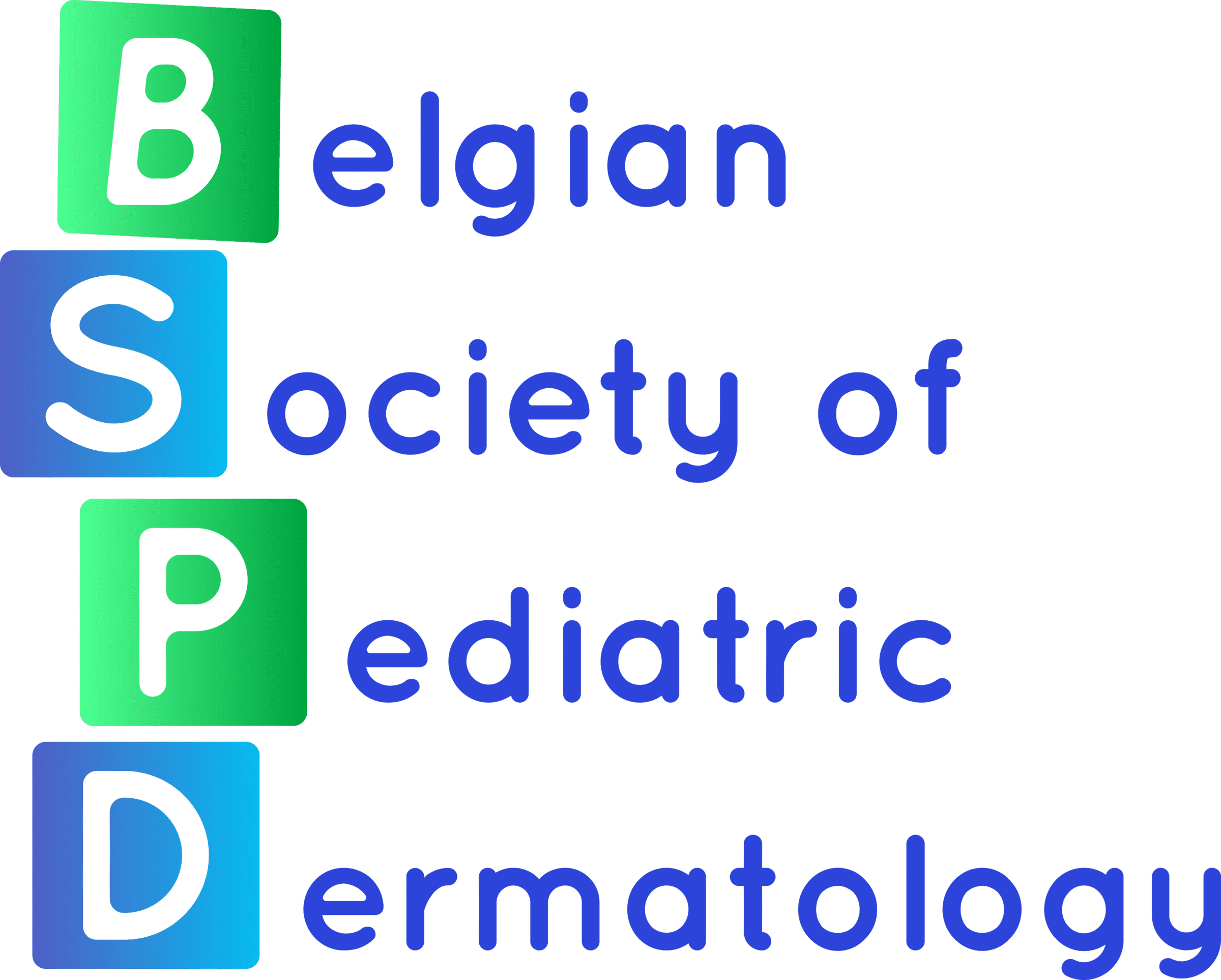Observation
We herein report two cases of erythrocyanosis, bier anemic spot with urticaria-like eruption of the lower limbs.
The first patient is a 13-year-old boy who presented to the emergency department with lower limbs pain. He had been experiencing this pain for 2 weeks. He had no significant medical history to report. The pain was associated with erythrocyanosis, anaemic macules and urticaria eruption. He complained also about tenderness and pruritus. These symptoms only occurred in a standing immobile position and disappeared when lying down. Worsening in the pool was also reported.
All complementary examinations (blood count cells and autoimmune tests) were negative. Skin biopsy revealed an inflammatory reaction around the vessels in the upper dermis.
The second patient, a 13-year-old girl, presented with ankle pain associated with edema when walking. She had this clinical history for a few years. The pain was followed by pruritus, bier anemic spot. Cyanosis of the lower limbs was also presented. Urticaria after the shower was recently reported. All symptoms vanished while in a declive position.
All complementary examinations (Doppler US, blood count cells, and autoimmune tests) were non-contributive.
This symptomatology is relevant for the BASCULE syndrome (Bier Anaemic Spots associated with Cyanosis and Urticaria-Like Eruption).
Discussion
BASCULE syndrome is a new entity. It was first described by Bessis et all in 2016 who reported four cases in teenagers and two cases in infancy. All patients experienced erythrocyanosis and urticaria on the lower limbs. The eruption appeared following a downward position in which patients were immobile except for infants where the eruption was induced by manual compression.
Complementary examinations (blood tests, Doppler US, autoimmune investigations and EMG) were non-relevant. The skin biopsy showed a few dilated capillaries in the upper dermis with or without mast and eosinophils cells.
The clinical expression of BASCULE syndrome is typical. It develops after 1-2 minutes in a standing and immobile position. First, an erythrocyanosis appears followed by anemic macules.
During the next few minutes, pruritic red-orange papules progressively appear. They are located on the white macule extending from their centrum. When lying down, all symptoms disappear spontaneously.
The etiology is probably a physiological venous stasis which may induce an exaggerated vasoconstrictive response of arterioles to tissue hypoxia and the lack of venoarteriolar reflex in dermal ascending arterioles.
New data of the literature show that BASCULE syndrome can be associated with POTS (Postural Orthostatic Tachycardia Syndrome) as reported in a case of syncopal episodes and in another case of orthostatic hypotension. POTS can induce headache and fatigue with the need to constantly being moving.
No treatment like anti-histamine was efficient for the remission of the pathology. Usually, it disappears by itself after months or years.
In conclusion, BASCULE (Bier Anaemic Spots associated with Cyanosis and Urticaria-Like Eruption) is a benign vasomotor dermatosis. It would be recommended to exclude orthostatic intolerance or postural orthostatic tachycardia when evaluating patients with BASCULE syndrome.
References:
- Bessis, D., Jeziorski, É., Rigau, V., Pralong, P., & Pallure, V. (2016). Bier anaemic spots, cyanosis with urticaria‐like eruption (BASCULE) syndrome: a new entity?. British Journal of Dermatology, 175(1), 218-220.
- Bessis, D., Pallure, V., & Jeziorski, É. (2016). BASCULE syndrome, orthostatic cyanosis and postural orthostatic tachycardia syndrome: time for decanting old wine?. British Journal of Dermatology, 175(5), 1110-1111.
- Martín, J. M., Torres, C., Cordero, P., Sánchez, S., Terradez, L., & Ramón, D. (2018). Bascule syndrome associated with syncopal episodes. Pediatric dermatology, 35(2), e142-e143.
- Danescu, S., Baican, C., Chiorean, R., Filip, M., Cismaru, G., & Baican, A. (2018). Orthostatic hypotension revealed by BASCULE syndrome. European Journal of Dermatology, 1(1).
El Nemnom P. (1), Lauwerys B. (2), Marot L. (3), Tennstedt D. (1), Dekeuleneer V. (1)
(1) Department of Dermatology
(2) Department of Pediatric rheumatology
(3) Department of Anatomopathology
Cliniques universitaires Saint Luc, Brussels, Belgium
